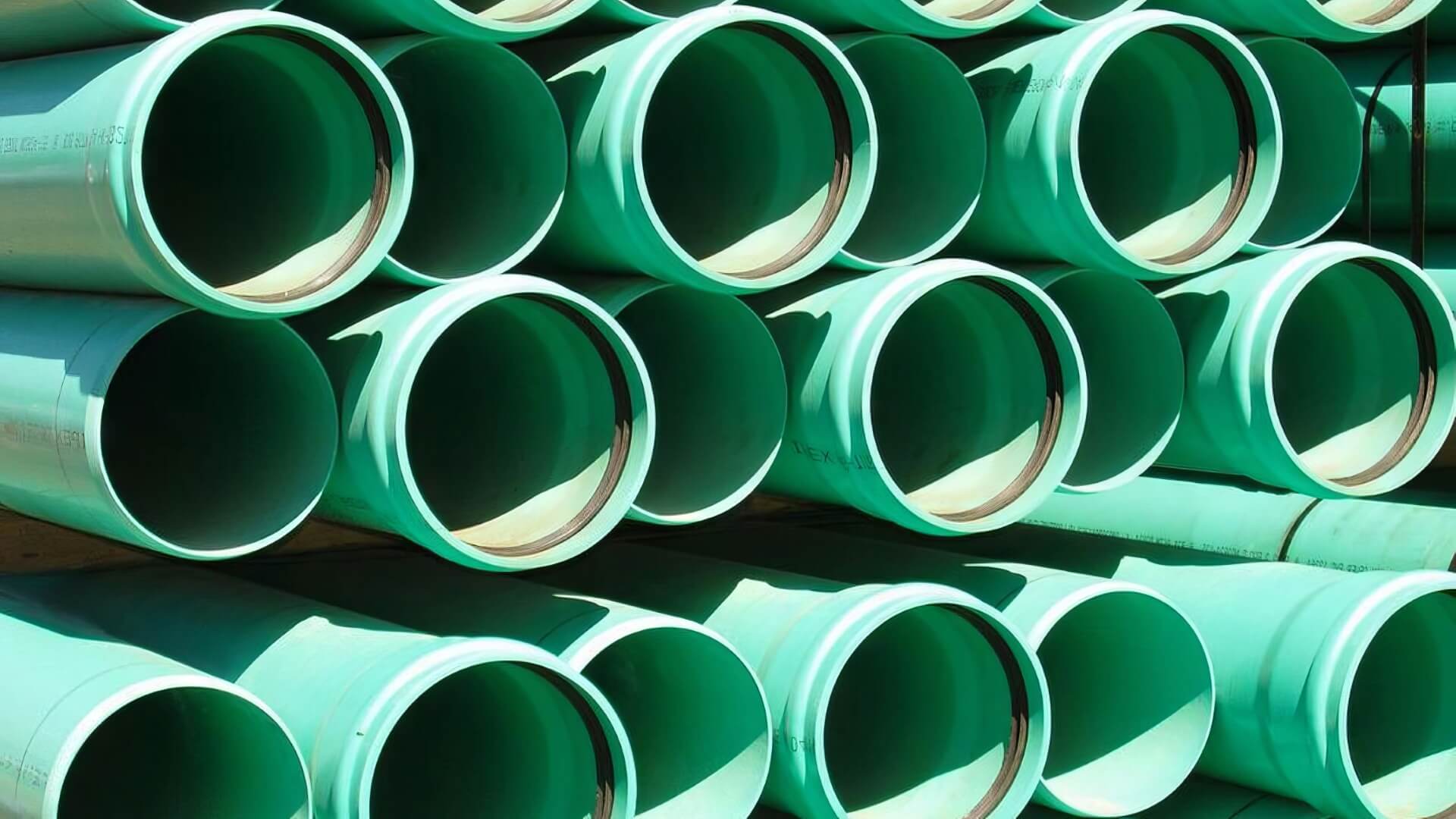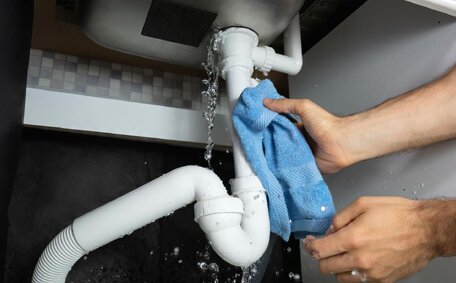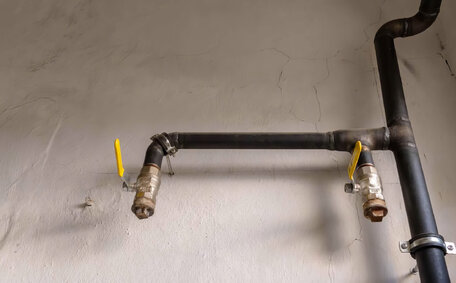What causes a noisy toilet
Toilets may emit noises due to a range of issues, from minor fixes to significant plumbing problems:
- A faulty fill valve can lead to a hissing sound as water enters the tank, which may be an early sign of noise issues. A persistent running noise suggests that the fill valve has worn out and needs adjustment for correct water flow into the tank.
- Worn flapper valve: When toilet flappers age and develop cracks, it prevents proper sealing which allows water to continuously leak into toilet bowl, creating "running toilet" sounds.
- Extreme water pressure, whether low or high, can lead to a noisy refill process and subsequent loud sounds. Ensuring a properly functioning main water shutoff valve is crucial to maintain optimal pressure and control the water toilet utilises.
- Clogged pipes force water through narrow openings, increasing speed and turbulence which translates to gurgling noises.
- Loose toilet seals that let water escape can vibrate and produce rattling noises.
Specifically, if you’re questioning, 'Why does my toilet emit such sounds?', especially a shrill hissing, this points to a likely leak or defect at the supply valve, which requires attention. If such distinctive noises arise, a detailed examination of the internal mechanics is warranted.
Locating the source of the noise
Pinpoint the sources of persistent toilet noise with the following troubleshooting steps:
- Be attentive to any sound after flushing the toilet, particularly after the refill tube has completed its cycle, to determine why my toilet is disruptive. Should you notice noise after flushing your toilet and during refilling, it likely indicates issues with the fill valve or water supply. Rattling during refilling could mean a loose fill valve.
- Examine crucial components in your tank, contemplating 'Is my toilet flapper functioning correctly?' and ensure it directs water your toilet needs into bowl territories. Aged or defective parts can create noise.
- Inspect the course of the water into the bowl, vital in ensuring a successful flush, through the tank’s overflow pipe. A high-pitched hiss originating from the inlet valve could signify issues potentially affecting the sound in the tank.
- Assess the water level in the tank. Too high or low a water level interrupts calm waters, causing turbulence and gurgling sounds, a sign your toilet makes when something’s amiss.
- Tighten the lock nut and bolts to shut off the water supply and secure the toilet against noise issues. A loose fixture may result in noise, such as vibration and rattling, necessitating a turn off water approach to reconcile toilet concerns.
A strategic approach to diagnosing specific toilet noises can uncover failing parts that need attention. If self-troubleshooting doesn’t resolve the noises, consider contacting a skilled plumber to diagnose and rectify the issue efficiently.
Common toilet noises explained
Hissing noise: Often caused by water leaking from a faulty fill valve or inlet valve seal into the toilet tank or bowl. A continuous flow can create a steady hiss that may damage valve components if the water isn’t turned off during repairs.
Humming/vibrating noise: Potential causes include a worn out flapper, low water level in tank, or loose fixture bolts. Uneven, quivering parts can induce noises when in use, reverberating along your water line, resulting in a disquieting rattle.
Bubbling/gurgling noises: Signify blockages or clogs that the toilet can suffer from, affecting inner pipes, drain lines or vent stacks. Restricted water flow causes turbulence and swirling sounds.
Banging/knocking noise: Also termed “water hammer,” it emanates from abrupt on/off valve closures. Your The water’s momentum within your piping induces vibrations, yielding noise water manifests as knocking sounds.
Troubleshooting toilet components
Inspecting the Fill Valve
Visually inspect the toilet cistern and its flush components, checking the fill valve for any signs of corrosion, cracks, or other damage. A gentle tap on the valve can help identify issues, indicated by a hollow sound, which may suggest impending toilet troubles. Test its functioning by initiating the water stream to observe the delivery into the tank reminiscent of a toilet flushed moments prior, detecting any issues you’ll need to address. If you notice uneven or weak water flow, or hear a hissing sound, it may be time to replace the fill valve.
Checking the Flush Valve
After removing the tank lid, inspect the sizeable flush valve at the base of the trough, which, if faulty, might be the cause of noise during filling. Test the valve gently to see if it regulates water flow and seals correctly without sticking or being too loose. An incorrectly sealing flush valve, allowing water to continuously enter the bowl, demands prompt correction.
Examining the Flapper
Inspect the toilet flapper for signs of wear, stiffness, or swelling in your toilet bowl. If water continually flows from the tank into the bowl, it’s time to replace the defective flapper seal.
Ensure the flapper chain is sufficiently slack for a complete seal and noise reduction. Test by pouring a small amount of coloured water into the bowl while the tank is filling up.
DIY repairs vs. hiring a plumber
While some toilet repairs such as adjusting fill valves or replacing flappers seem manageable, they require caution to prevent further issues.
When DIY repairs are OK
- Replacing a faulty flapper is straightforward using an equivalent universal flapper.
- Cleaning or adjusting the toilet fill valve can modify water flow and alleviate noise.
- Tightening loose bolts securing the toilet to eliminate rattling.
Call a professional for
- Diagnose and repair clogged pipes or vent stack issues that cause gurgling noises.
- Repairing complex fill valve components or fully replacing the valve.
- Addressing consistent running water or constant leaks.
- Installing water hammer arrestors to stop banging pipes.
Though minor repairs can be DIY, more complex issues should be handled by a professional plumber to ensure code compliance and system safety.
Preventing future toilet noises
There are several preventative maintenance tips to help avoid toilet noises in the future:
Regular Inspections & Part Replacements
- Regularly inspect and replace worn flappers and fill valves as necessary.
- Execute thorough surveillances for leaks and water damages regularly, Subtle noises from the toilet may indicate leaks, which could unexpectedly increase the water bill.
- Neglecting the regular replacement of the toilet’s rubber flapper and seals can lead to noise issues.
Alter Usage to Reduce Strain
- Avoid flushing items like paper towels and wipes, which can cause pipe clogs and increased turbulence.
- Distribute heavyweight use amongst all bathrooms to not overly tax any one toilet.
- Have tankless water pressure reducing valves installed if your home’s water pressure exceeds 80 PSI, which can ensure quiet operation even when no one is using water.
Proactive maintenance and timely part replacements of your water heater ensure smooth operation and prevent issues. Our team of licensed plumbers at Eastwood Plumbing can help assess toilets during routine maintenance visits to identify potential issues early.






